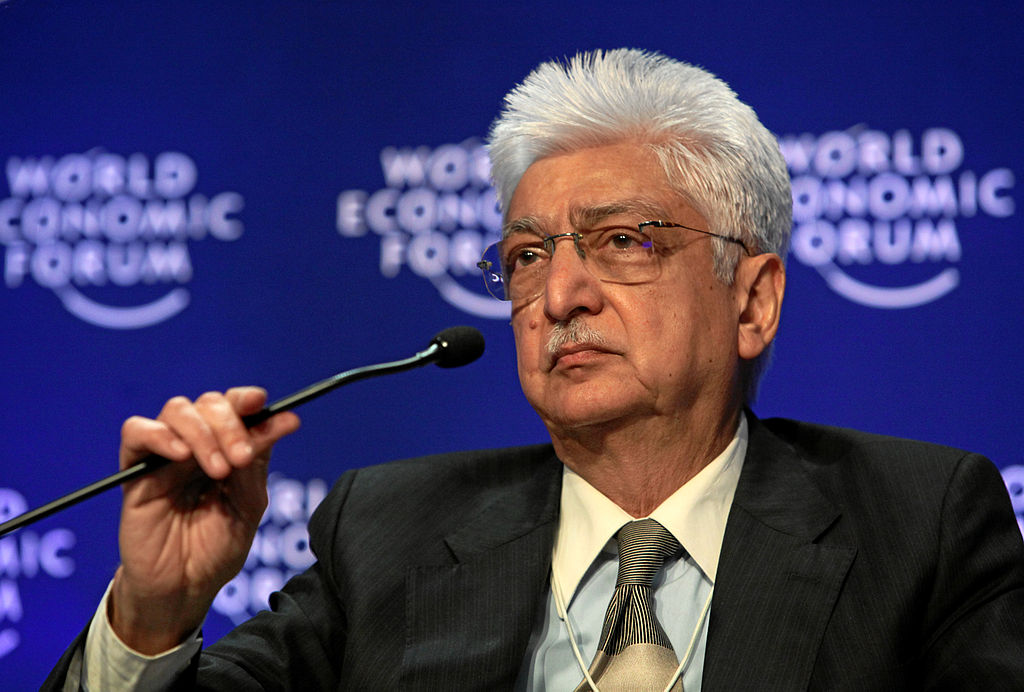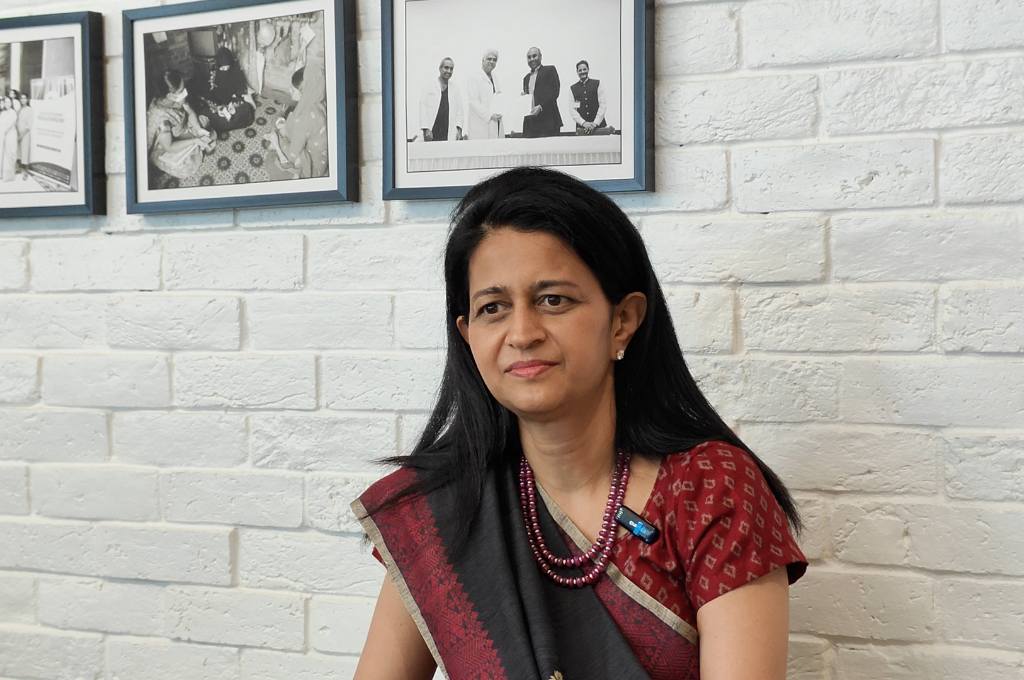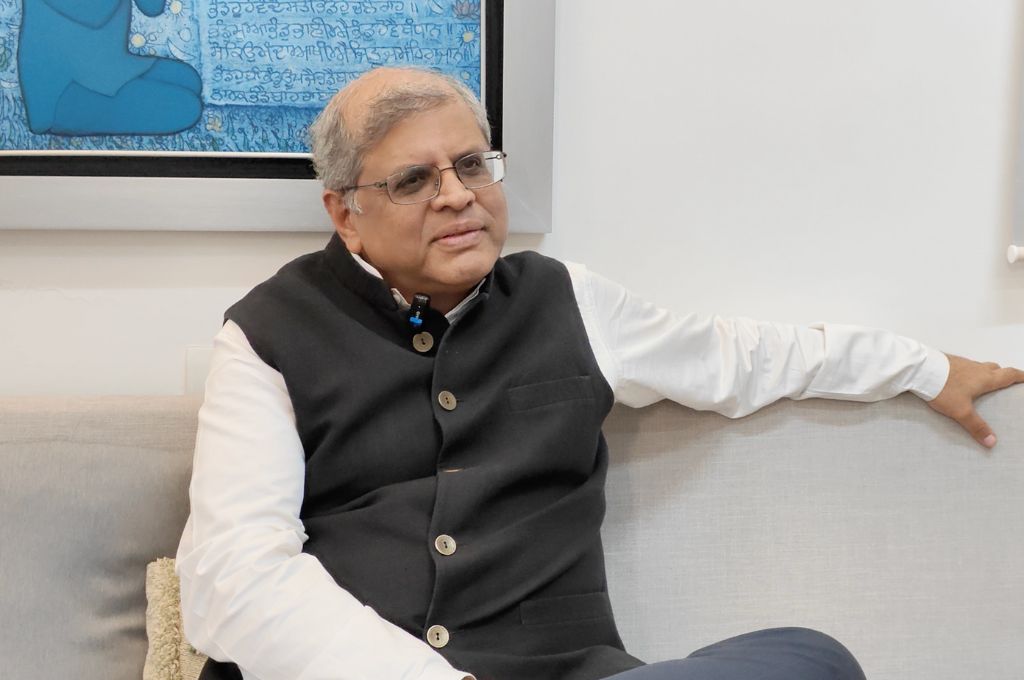The cumulative wealth of the richest people in India has grown considerably in the past decade, with a new billionaire being added to the Forbes list almost every month since 2010. At the same time, philanthropic funds in India are estimated to have grown by more than four times between 2010 and 2018.1 Giving by the ultra-rich—also termed UHNWI for Ultra High-Net-Worth Individuals2—has become more professionalised, more structured, and gradually more diverse than it was three decades ago. Moreover, as younger generation philanthropists enter this space, the approaches and perspectives on giving have also changed.
What has not been a part of the discourse on giving however, is whether big philanthropy might also have some adverse impacts on society; and, if the planning of large-scale initiatives with huge investment of philanthropic resources considers unintended and second-order consequences.
To explore this in greater detail, India Philanthropy Initiative—an informal group of Indian philanthropists interested in strengthening giving by India’s wealthy—commissioned a study by VikasAnvesh Foundation, an initiative of the Tata Trusts. This study sought to understand and present the risks and opportunities for big philanthropy in India. It was carried out over the course of 15 months, starting in 2019, during which time the team held consultations with close to 40 philanthropists, civil society organisations, foundations, independent experts, and researchers across the country, to get diverse perspectives on the subject.
On the need for such a study, Mr Azim Premji said, “For philanthropy to maximise its potential contribution to society, it is important that we understand the implicit risks and possible pitfalls of our philanthropic impulses and actions. What are these risks and pitfalls? For example, philanthropists may have an implicit assumption that their success in business means that they have the expertise to judge and make decisions in almost any other sector. This is a flawed assumption, though it seems to be not so uncommon.” The study, he said, “Is an attempt to explore systematically these issues and then put them in a framework which can both educate us and inform our actions.”
This study is therefore aimed at philanthropists and foundations already supporting social causes in India, those that are in the process of refining, reviewing, or expanding their philanthropic work, as well as families and institutions who are contemplating new philanthropic interventions.

Big philanthropy comes with its own set of risks
Many donors have, over the years, professionalised and institutionalised their personal philanthropy by creating foundations. However, the giving away of large philanthropic funds comes with its own set of risks, whether financial, social, or personal. So, as more and more rich Indians grow their giving, it is useful to have a framework for assessing these risks and identifying opportunities accordingly.
Big philanthropy has the power to influence the development agenda and work of civil society.
The AMAR (Actor-Methods-Activities-Recipients) framework seeks to do just that, by detailing key choices, decision points, and associated risks towards making informed decisions. These include deciding the area and approach of philanthropy, what kind of teams to build, what activities to undertake, what timelines to adopt, and how to prioritise the communities to support.
Big philanthropy has the power to influence the development agenda and work of civil society. How this power is used for achieving societal development goals depends on how well philanthropists understand real ground issues and the interplay of different factors in social change. Therefore, first and foremost, it’s important to bear in mind a few core principles when weighing risks and making decisions:
- Be clear about your objective and timeline expectations. For instance, a mismatch between expectation and reality creates the risk of unplanned changes or programmes closures, which can adversely affect communities.
- Understand ground realities and dynamics of people and places of work.
- Understand what true expertise is in a context, and seek or develop it. Sometimes, philanthropists can be biased towards using business methods, technology, and strategy consultants, and can over-emphasise metrics. These approaches do not always work quite as well in social development work.
- Owe accountability to the core principles of the Constitution of India, and to the communities you support.
AMAR: A tool to support philanthropic decision-making
The AMAR framework identifies 17 key choices and decision-making opportunities. Deliberating on the extremes of the possible choices available helps us understand and highlight the inherent risks and opportunities that exist. An introduction of some of these, across the four components—Actor, Methods, Activities, and Recipients—is included below.
Actors
An ‘actor’ is any individual or organisation initiating, enabling, or supporting philanthropic work. The philanthropist, civil society organisations, the government, and communities are all actors. For the purpose of this framework, the philanthropist has been considered the primary actor, and so the choices outlined here relate primarily to those that they might have to make.
A philanthropist might have to choose between whether their giving is purely a voluntary act, or whether it’s a moral imperative.
For instance, a philanthropist might have to choose between whether their giving is purely a voluntary act, or whether it’s a moral imperative. If considered a purely voluntary act, then everything can be chosen by the philanthropist to suit their needs and interests. The purely voluntary stance also seems appropriate at a smaller scale of giving. If, however, philanthropy is viewed as a moral imperative, it brings in accountability and makes the philanthropist accountable to society.
Similarly, when deciding their giving strategy, a philanthropist might have to decide between making a ‘sanitised’ choice versus supporting something that is a ‘tougher’ issue and could be interpreted as a challenge to the government. Areas such as ensuring independent journalism, protecting the democratic rights of all groups of citizens including undertrials, convicts, marginalised, minority communities, and supporting a vibrant civil society, could be viewed as borderline confrontational with the government, yet important for a functional democracy. This kind of work is not likely to see government investment, and therefore becomes an important question for philanthropists.

Methods
‘Methods’ refer to how philanthropic intent gets translated into a strategy and approach. For instance, should a philanthropist focus on tranformative programmes, for instance, changing social norms to reduce domestic violence, or should they focus on acute needs, such as providing medical support to a woman who may have suffered domestic violence?
There is an increasing trend among Indian philanthropists to set up implementing organisations to carry out their philanthropy.
During VikasAnvesh Foundation’s consultations for this study, many mentioned the fact that there is an increasing trend among Indian philanthropists to set up implementing organisations to carry out their philanthropy, rather than fund existing civil society organisations. Many current philanthropists are first-generation entrepreneurs, who, having built successful businesses, believe their skills and leadership would transfer equally well to social development. Plus, they place greater trust in their own teams than in external organisations. Working through credible civil society organisations can add enormously to the philanthropist’s learning, but the degree of control is lower. Which one is preferable?
Other decisions that relate to methods include opting for service delivery (for example, healthcare or education) as opposed to focusing on rights (for example, defending human rights of marginalised communities); opting for an intellectual approach rather than one guided by ground-realities and experience in the field; or choosing speed of execution versus a more gradual development of their own expertise. All of these tradeoffs must be considered when deciding what strategy to pursue, and which causes to support.
Activities
‘Activities’ refer to the actual work that strategy translates into. For instance, offering programmatic support to a civil society organisation rather than building one’s own institution to carry out the philanthropic strategy. Or, supplementing and collaborating with the state, as opposed to going at it on one’s own. Sometimes, philanthropists might choose to supply hardware and infrastructure (buildings, equipment, and so on) which are visible and showcase their support publicly, long after they are gone. Other times, philanthropists may choose to support activities that are less directly attributable to outcomes, such as communications, or building the capacity of staff, which are critical to the success of any programme or organisation.
Recipients
‘Recipients’ are those that philanthropy intends to benefit. The tradeoffs and decisions to consider here include supporting ‘my people’ versus those that are most vulnerable. It is natural for people to want to support those who live near their ancestral homes or their workplaces, or come from the same community as them. The other approach is to invest in people who are the most vulnerable and where they see the maximum social return, irrespective of their geographic location or clan affiliation.
The tradeoffs and decisions to consider here include supporting ‘my people’ versus those that are most vulnerable.
Along similar lines, a philanthropist might need to take a call on whether to fund a programme in a region that is accessible, and where they may be able to travel to visit the community, or one in a remote place, which would benefit disproportionately from philanthropic support.
Extremely vulnerable populations need continuous support. Some groups, like those who have physical or mental disabilities and do not have family support, might continue to need help from philanthropists and ‘entitlements’ from the government for a foreseeable time. On the other hand, bright, enthusiastic and capable people from communities in similar places could, with some support and mentoring, become harbingers of change in the community. They would need training, exposure, tool kits and support, but once they are able to gain these and work on issues, the change can be very organic and sustainable. One could argue that social enterprises set up by such people could have a much higher probability of success.
Planning for unintended consequences
The risk of unintended consequences is the most ignored risk. It is, at times, possible to argue that these unintended consequences could not have been anticipated in advance. For instance, the tragic conditions that millions of migrant workers had to live through was an unintended consequence of the national lockdown. While many analysts have blamed the government for not anticipating this, it does not appear that anyone anticipated such a scenario to unfold. This was an unprecedented situation, where assessment of the needs and challenges of migrants could have helped to some extent.
When it comes to programmes, there can be many such unintended consequences. For instance, supporting self-help groups (SHGs) and income generating programmes exclusively for women, could result in economic insecurity among men, which can exacerbate domestic violence issues. This has observed by practitioners in many places across the country, wherever SHGs are active.
Four key opportunities for big philanthropy in India
The study and consultations with a variety of stakeholders—philanthropists, civil society organisations, foundations, independent experts, researchers—across the social sector highlighted the following areas where philanthropists can play a crucial role:
- Bring critical but underfunded areas in focus, and with continuous work, pave the way for the government to take up some of these issues.
- Create an ecosystem that enables continuous learning and helps develop a deeper understanding of issues. Shared knowledge of the lessons learned by philanthropies in different regions can help their peers guard against unintended consequences.
- Enable a vibrant civil society by supporting organisations with different strengths, doing good work in different pockets of the country, and at different levels of scale. Be conscious of the bias of being influenced only by the scale of the organisation’s operations, and the sophistication of its presentation.
- Leverage influence, professional networks, voice, and expertise to support underfunded causes and strengthen the sector.
Above all else, as Mr Premji put it, “… the most important characteristic for a philanthropist is genuine humility… This is not only because humility is a virtue, but also because in the wide expanse and complexity of this world, we philanthropists have a lot to be humble about—and we should not forget that.”
—
Footnotes:
- As per Bain India Philanthropy Reports.
- The Knight Frank definition of Ultra High-Net-Worth Individual is generally accepted globally and implies net investible assets of at least USD 30 million (INR 210-230 crores). Knight Frank is one of the world’s largest global property consultancies that publishes an Annual Wealth Report which looks at global prime property trends and wealth and focuses heavily on the investment activity of global single and multi-family offices.
—
Know more
- Explore the complete AMAR framework by reading the full report: Big Philanthropy in India: opportunities and perils.
- Understand why smart philanthropy involves taking more risks.
- Read about some of the principles that philanthropists and foundations should keep front and centre as we come out of the pandemic.




